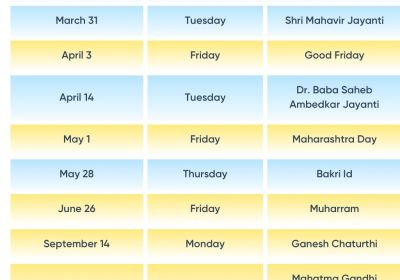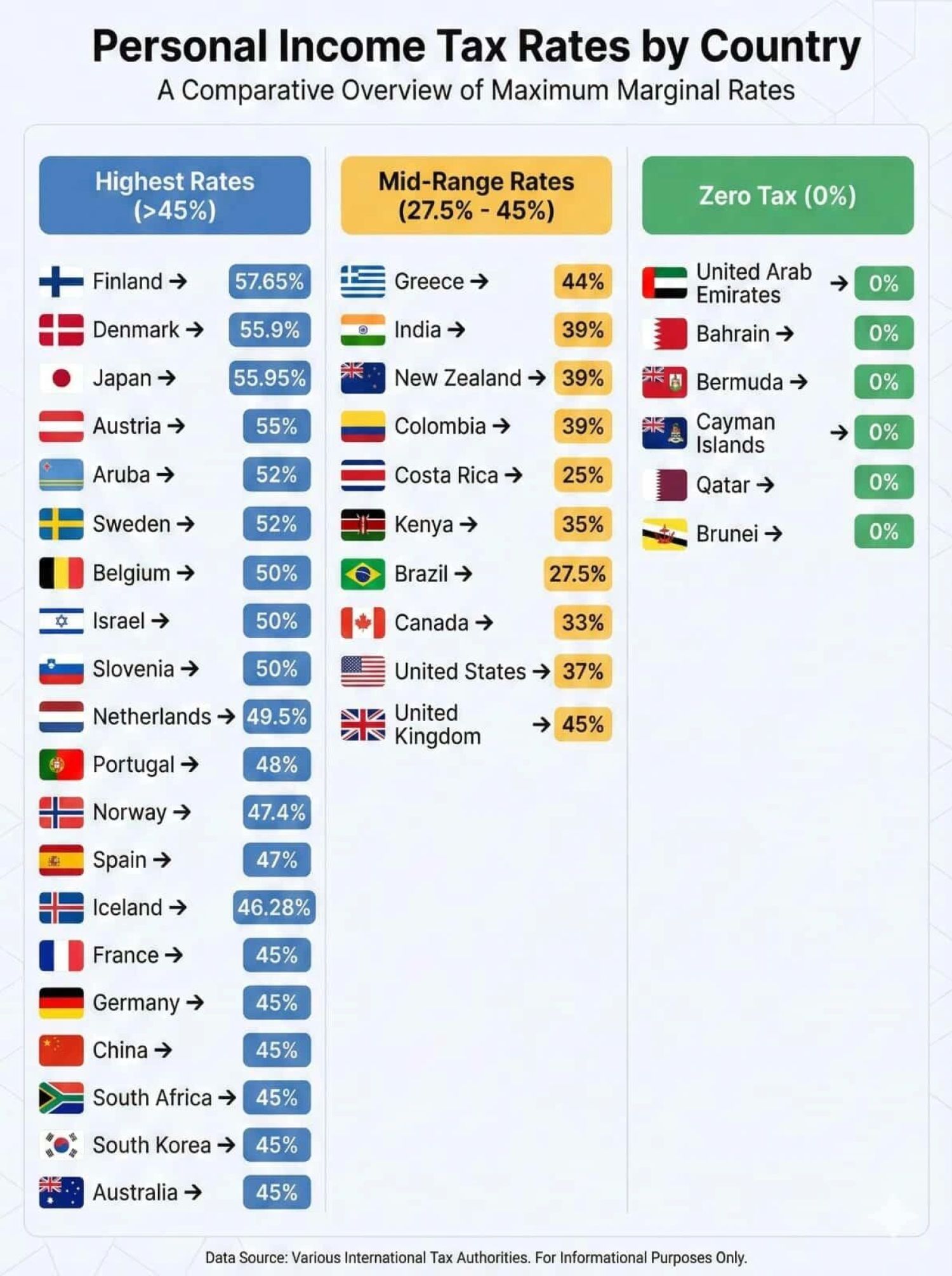Table of Contents

Summarized scope of work for the US Corporations 1120 Series Tax Compliance and Return Filling
The 1120 series tax forms are used by US corporations to report income, calculate tax liability, and claim deductions and credits.
|
Corporation 1120 Series (Basic) |
|
|
|
|
US Federal Corporate Income Tax Return (Sch G, N, O) |
|
|
|
Foreign-related party disclosure form with respect to a foreign subsidiary - Form 5471 - Each subsidiary |
|
|
|
Foreign-related party disclosure form with respect to a foreign shareholder - Form 5472 (up to 4) |
|
|
|
State Returns - Per state |
|
|
|
Federal Extension - Form 7004 |
|
|
|
Federal and state estimated tax payments – Per jurisdiction |
|
|
|
Any payments to domestic vendors or non-employees Form 1099 – Per form |
|
|
|
Annual Withholding Tax Return for U.S. Source Income of Foreign Persons – Form 1042 and 1042-S – Per form |
|
|
|
Foreign Bank Accounting Reporting (FBAR) – Up to 10 foreign financial assets |
|
|
|
Form 8938 - Up to 10 foreign financial assets |
|
|
|
State Annual Report – Per jurisdiction |
|
|
|
Business Ownership Information Report (BOIR) |
|
|
|
|
|
|
Payroll Taxes |
|
|
|
|
Payroll Tax/Unemployment insurance registrations - One time per state |
|
|
|
Payroll Software setup process - One-time |
|
|
|
Regular Payroll submissions - Up to 5 employees |
|
|
|
Review of Quarterly, Semi-annual, and Annual payroll tax reports. |
|
|
|
|
|
|
Once a corporation starts hiring employees, payroll registration should be completed, and appropriate details. |
||
|
|
|
|
|
Sales Taxes
|
|
|
|
|
Sales Tax Nexus analysis – Per state |
|
|
|
Sales Tax Registrations – Per state |
|
|
|
Sales Tax Return filings – Monthly/Quarterly/Annually (per state, per filing) |
|
|
|
Annual Business applications/renewals – Per state |
|
|
Sales tax filings/registrations kick in upon meeting state nexus thresholds. |
|
|
Here's a summarized scope of work for US corporate tax compliance and return filing under the 1120 series:
1. Form 1120: U.S. Corporation Income Tax Return
- Purpose: Filed by C corporations to report income, deductions, and taxes owed.
- Key Compliance Tasks:
- Income Reporting: Corporations must report worldwide income, including revenue from sales, services, and other sources.
- Deductions: Include business expenses like salaries, cost of goods sold (COGS), rent, interest, and depreciation.
- Credits: Claim available tax credits, such as R&D credit, foreign tax credit, and energy credits.
- Tax Calculation: Calculate taxable income and corporate tax liability using the current corporate tax rate (21% for most C corporations).
- Schedules: Attach additional schedules like Schedule C for dividends, Schedule J for tax computation, and Schedule K for reconciliation.
2. Form 1120-S: U.S. Income Tax Return for an S Corporation
- Purpose: Used by S corporations to report income, losses, and distributions to shareholders.
- Key Compliance Tasks:
- Pass-Through Income: S corporations don't pay corporate taxes but pass income, losses, and deductions to shareholders via Schedule K-1.
- Shareholder Reporting: Ensure accurate preparation of Schedule K-1 for each shareholder’s pro-rata share of income.
- Deadline: S corporation returns are due by March 15 (or the 15th day of the 3rd month after the end of the fiscal year).
3. Form 1120-F: U.S. Income Tax Return of a Foreign Corporation
- Purpose: Filed by foreign corporations with US income or a US trade/business presence.
- Key Compliance Tasks:
- US-Source Income: Report income effectively connected with US trade or business, and any fixed, determinable, annual, or periodic income (FDAP).
- Tax Treaties: Apply any applicable tax treaties to reduce or eliminate double taxation.
- Branch Profits Tax: Calculate and report any additional taxes on profits remitted to foreign parent companies.
4. Estimated Tax Payments (Form 1120-W)
- Purpose: Used by corporations to calculate and pay quarterly estimated tax payments.
- Key Compliance Tasks:
- Estimated Tax Payments: Ensure timely quarterly payments to avoid underpayment penalties.
- Adjustments: Recalculate estimates based on current-year financial performance.
5. Additional Schedules for Form 1120
- Schedule C: For dividend income reporting.
- Schedule J: For tax computation and credits claimed.
- Schedule K: For reporting the reconciliation of income per books with income per return.
- Schedule L: Balance sheet reporting.
- Schedule M-1: Reconciliation of income (loss) per books with income per return (important for tracking differences in accounting and tax rules).
- Schedule M-3: Used by large corporations ($10 million+ in assets) for more detailed reconciliation of financial statement income with tax returns.
6. Compliance Deadlines
- Corporate Filing Deadline: Form 1120 is due by April 15 (or the 15th day of the 4th month after the end of the fiscal year). Extensions can be filed using Form 7004 for an additional six months.
- Estimated Payments: Due quarterly (April 15, June 15, September 15, and December 15).
7. Other Key Compliance Considerations
- State Corporate Tax Returns: Corporations must file state income tax returns in each state where they conduct business.
- Consolidated Returns: Corporations with subsidiaries may file a consolidated return, combining income and losses.
- Transfer Pricing: Ensure compliance with transfer pricing regulations for cross-border intercompany transactions.
- Penalty Avoidance: Ensure timely filing and payment to avoid late penalties, interest, and audit risks.
Would you like further details on any specific aspect of the 1120 series?
















